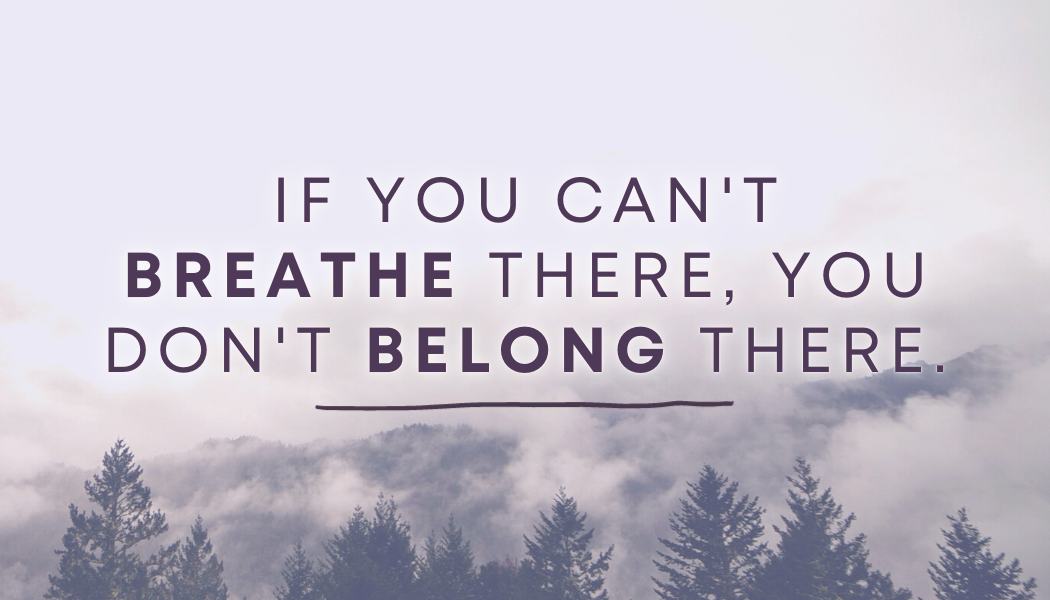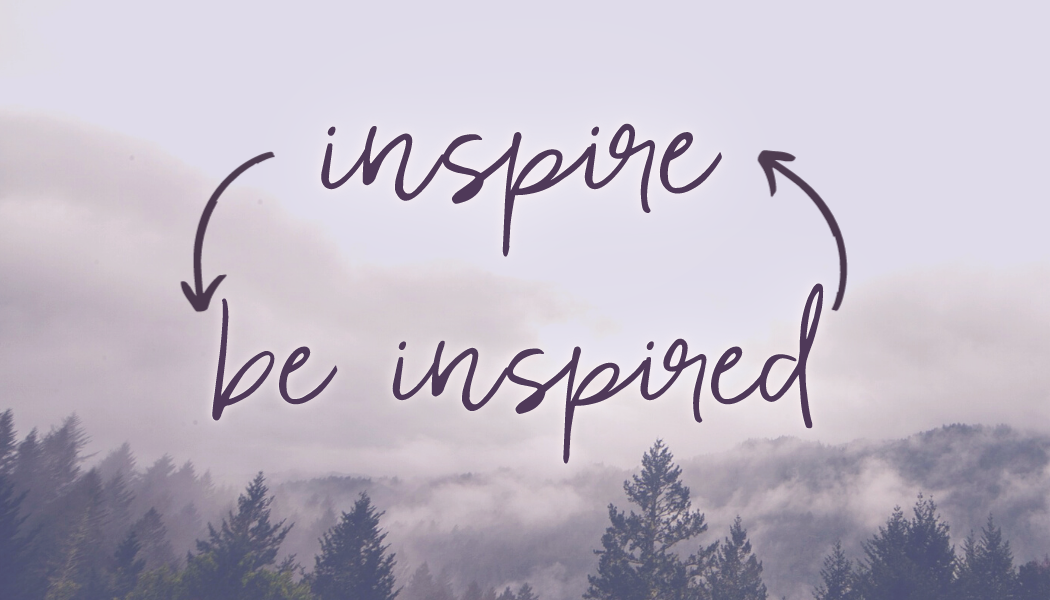If you can't breathe there, you don't belong there.
This is a guest post originally shared on Forest Coaching and Studios website by our friend, Brittany Lillegard – a certified Wim Hof Method Instructor, yoga teacher, and kettlebell coach.
For the past four years, I have spent a large portion of my life teaching people how to connect with their breath to improve mindfulness, decrease anxiety, and seek personal transformation. But the truth is – my affinity (read: obsession) with breathwork began seven years ago, not because I was interested in teaching others how to breathe, but because I had, quite literally lost my breath and it felt like death.
At the time, I was going through a divorce and working six days a week from 5AM to 8 PM as a personal trainer, both as a distraction from my personal issues and to make ends meet. I didn’t recognize it then, but I had fallen into a deep depression and was on the verge of a burn out – but my Type A personality, avoidant tendencies, and societal pressures made me feel like rest wasn’t an option.
If there is one thing our bodies are really good at though – it’s slamming on the brakes to force us to rest when we need it – and my body responded accordingly by gifting me my first ever panic attack.
My chest grew tight and painful, I became warm and dizzy and it seemed as if I was floating outside of my body. Most terrifyingly though, I felt like I couldn’t breathe, and this loss of breath literally made me feel like I was dying. My body had definitely slammed on the brakes.
A few weeks later, I was at a fitness conference, when one of the speakers referenced a somewhat common philosophy in the movement world: If you can’t breathe in a certain bodily position, you don’t belong in that bodily position.
… the words dripped over my entire being and it hit me that this concept not only applied to movement and bodily positions – but it applied to everything. EVERYTHING.

It was so obvious that the reason my breath was taken away from me a few weeks prior was because I was in an environment that was no longer healthy for me.
I couldn’t breathe there because I no longer belonged there.
Another teacher of mine, Dr. Perry Nickelston, who happened to be at that same conference finished a talk later in the day by boldly stating “you can not get better in the same environment you got sick in.”
And well, folks… THAT WAS IT. It was right then and there that I decided to listen to my breath and change my environment. Six months later, I had whittled down all of my belongings to a singular backpack, quit my job, and hopped on a one-way flight to Australia.
Drastic? Maybe – but that single panic attack that took my breath away nearly seven years ago literally changed my life.
And now? Well, I still struggle with anxiety sometimes. I also still choose to ignore the messages that my breath shares with me sometimes as well. But I’ve developed a strong relationship with my breath and have deep reverence for how it sustains me and how it connects me to others. It is the single most important tool that I (and you!) have available for creating a life of love, ease, and awe.

And on that, I’ll leave you with a little something to chew on – have you ever noticed that the word inspire has two meanings?
- fill (someone) with the urge or ability to do or feel something, especially to do something creative
- breathe in (air); inhale
Now, how inspirational is that?
Breathe easy,
Brittany Lillegard
Wim Hof Method Instructor, Yoga Teacher, and tree hugger
Follow her @brittanylillegard
